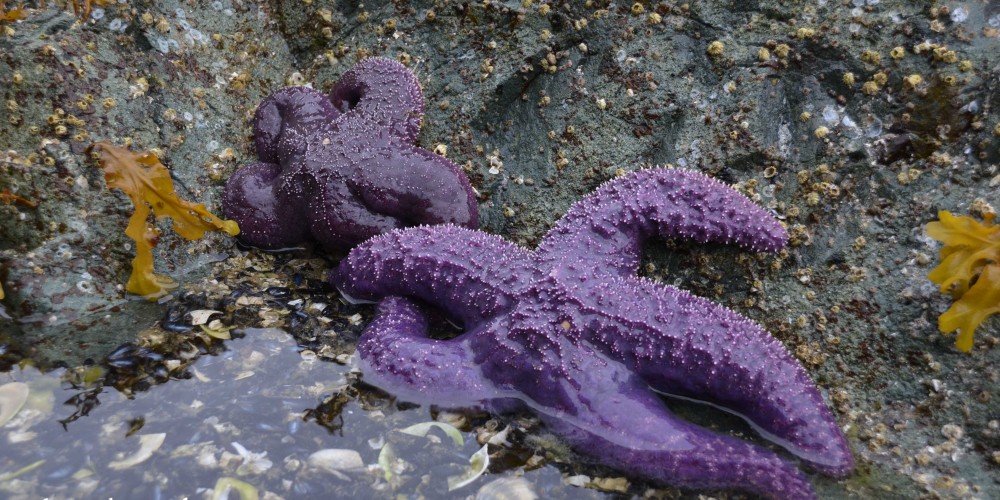Animal Research Resources
I designed a variety of animal research booklets for students to record research facts and information in during an animal research unit. Here is a preview of a few pages of the booklets.
I introduced students to each Canadian Animal, showed them photos, shared a few basic facts, and short clips. The students then made a list in order from most interested to least interested animal to study. I then collected the preferences and created groups. Students were given specific animal booklets, baskets of age and skill level appropriate resources, and were taught basic research skills. Students were given a day to explore and read materials and personalize the front page of the booklets. The next few days students were in charge of reading the books and finding research facts they wanted to record in large grid paper boxes. One day would be devoted to finding food facts, habitat facts, appearance facts, fun facts, or what they thought was important. Another day we cut up our facts and sorted and glued them down to a facts sheet. Other days we used our facts to formulate sentences to record in our booklets. We also used our research materials and photographs to illustrate the booklets. The final product was around 4 complete sentences per page regarding the question or topic. The students were engaged throughout the process, and it was beneficial for them to learn and demonstrate research skills, sorting facts into categories and like ideas, and formulating complete sentences. The students were motivated because they were learning facts that interested them, an all time favourite was finding facts to go in the fun facts section, and sharing these with peers during our snowball activity. During the snowball activity, students wrote a Who Am I question: Example I have two talons instead of feet, and bald head of white feathers. Who am I? Answer: Bald Eagle. Next step was for them to write the answer on the back and crumple the question up. They then were able to toss them into the center of the class, and go retrieve a snowball. Students took turns reading and guessing, we had some great laughs as a class. (Teacher note, remind class the Who am I animals picked for the game clues must be one of the animals researched in class).
Animal Habitat Artwork Project
One of the students favourite experiential education activities was going on a walkabout around the school yard to find habitat materials. Students were given ziplocks and instructed to find materials that could be used to recreate their animals natural habitat, ie sticks, grass, leaves, pebbles etc. Through a class discussion we made rules that indicated we would not collect living materials, we would only collect items that were already on the ground. After our walkabout using our senses and hands on learning. We created our habitats in the classroom on thick poster board, and lots of white school glue. (Teacher tip, the more white glue the better, apply liberally with a paintbrush, or dribble over top of habitat later, it dries clear,. The more the better if you want to hang on bulletin boards.) Later in the week we made small water colour animal paintings to put on pop ups and add to our habitats. The final product looked very natural and brought a lot of depth and character to our Animal Research bulletin board. The students had a lot of fun, and connected and demonstrated research skills and knowledge with this hands-on art project.







